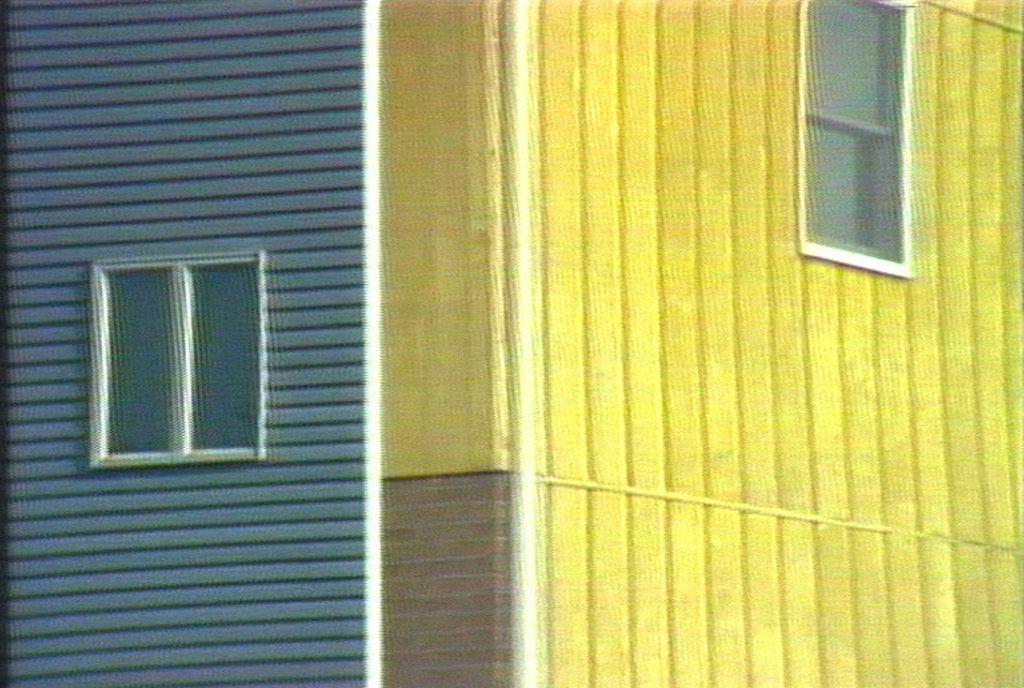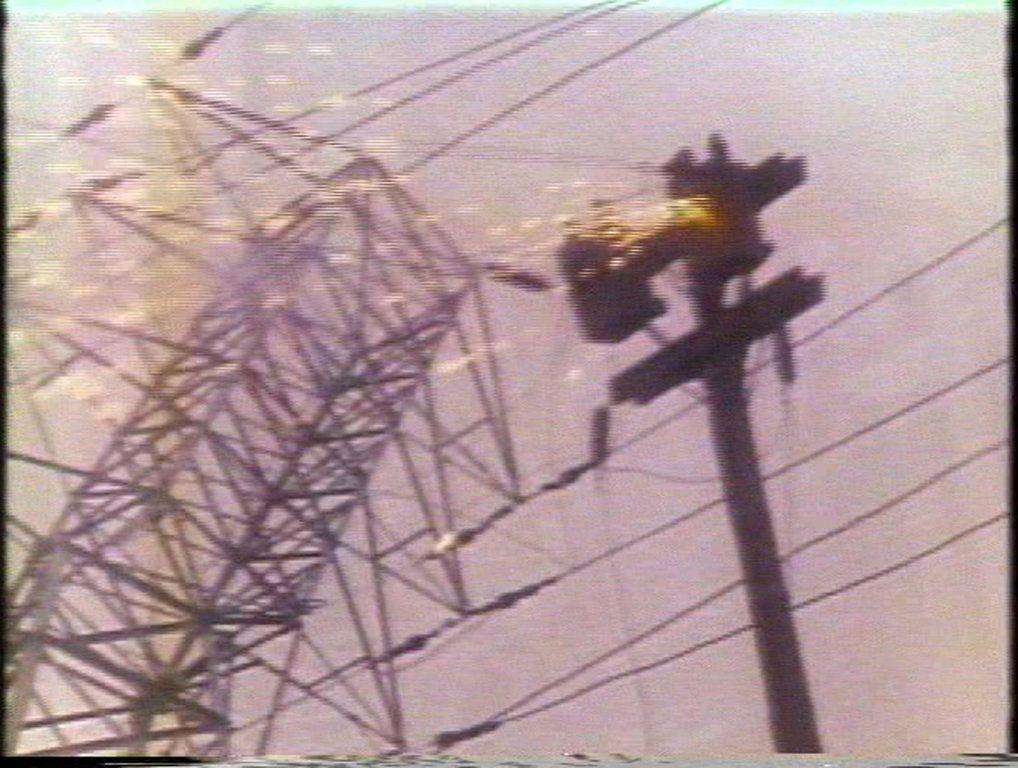Trim Subdivisions constitutes a departure from much of Snyder's work in that it has no soundtrack. The artist created this purely visual composition with the most sophisticated digital effects and editing techniques of the day, which enabled him to manipulate images of tract-house facades that he shot in suburban Indiana. The silence is palpable, adding to the eerie quality of the oppressively uniform architecture.
In over three decades of work, Bob Snyder has combined synthesized sound and visual imagery to great effect. He played an integral role in developing the Sound Art Department at the School of the Art Institute, where he has been a faculty member since 1974. While formally trained in music and composition, Snyder originally had ambitions as a painter and always maintained a strong interest in visual representation. His early experiments with oscilloscopes—which he used to visualize sound waves and accompany his musical compositions—naturally led him to video technology, which afforded further opportunities to blend the visual and the aural in innovative ways. Among the original collaborators with Dan Sandin at University of Illinois-Chicago’s Circle Graphics Habitat, Snyder was in the vanguard of formal video investigations with the Sandin Image Processor and other experimental equipment.
Modulating between abstract and representational images, Lines of Force uses found footage from a variety of sources, including a classified weapons testing film produced by the United States Army, segments from the 1973 movie Psychomania, and various selections from broadcast television. The artist described using the editing technique of the match cut—juxtaposing things that happen to resemble each other within the same frame—as a way of creating visual puns.


